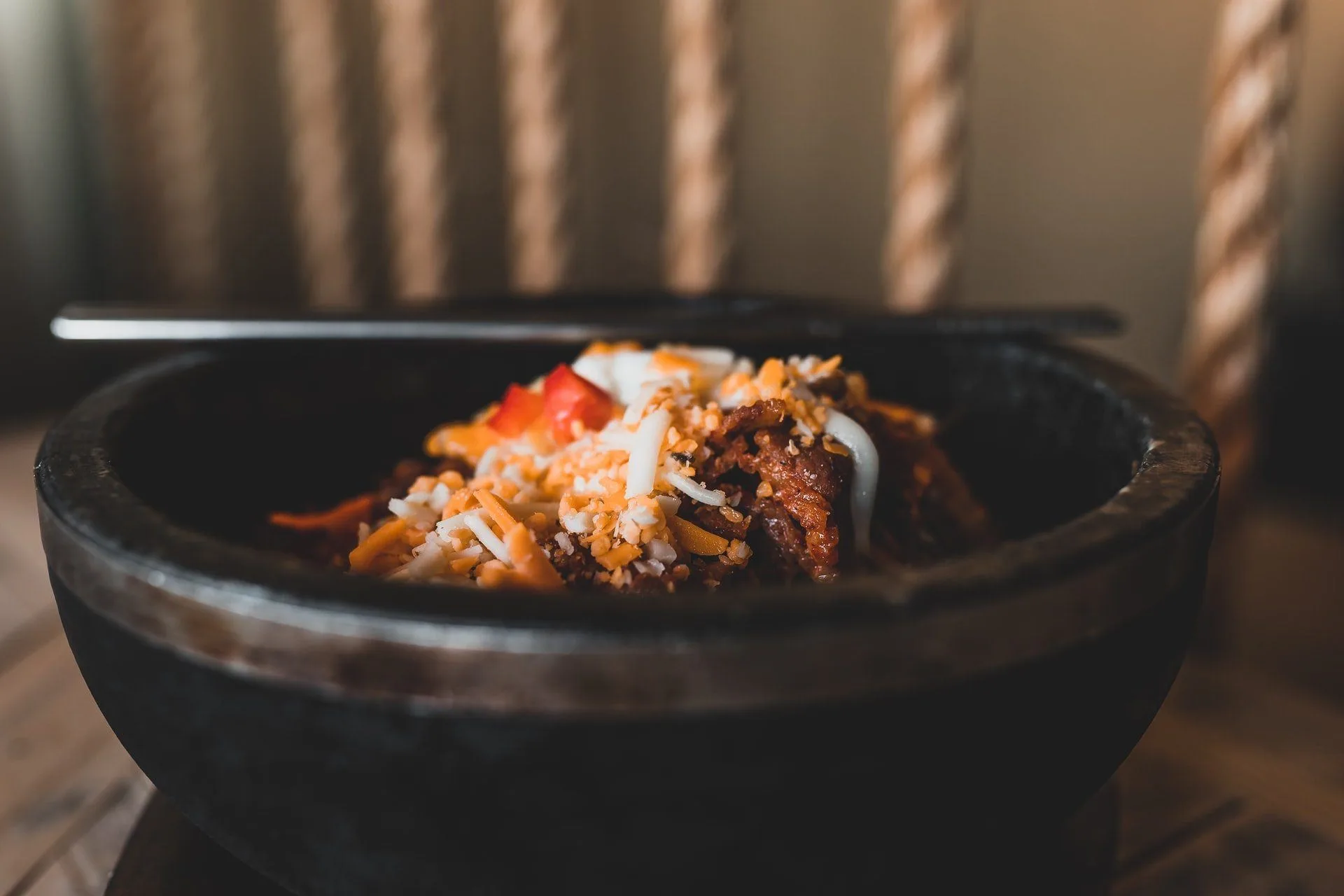Most of us love a bit of spice once in a while. Some enjoy the spicy ways for every meal. And with both of these types of spicy food eaters, sometimes it can get boring. Here are a few non-traditional ways to give that extra kick to your diet.
Chorizo
Hailing from the Iberian Peninsula, chorizo is a pork sausage that is spiced from the curing process. However, many regions have adopted this delightful fermented pork, and it is made differently all around the world.
Photo by Louis Hansel on Unsplash
In Mexico, chorizo is made with combinations of tomatillo, chili peppers, cilantro, and garlic. You can get chorizo at most grocery stores, and it is a great alternative meat for your dishes. Mix chorizo with rice or potatoes, and you’ll get a hearty meal with some added spice.
Chorizo is well paired with eggs too, so you can even have the spicy meat with your breakfast. Add it to your soups, your lasagne, and even on pizza or flat bread.
And if you have a plant-based diet, you can even get plant-based chorizo. Although it is not like the traditional meats explained above, it has all the same kind of spice.
Pepper Jelly
It’s a classic and underrated way to enjoy Spicer’s flavors of life. Like with a lot of foods, it comes down to the seasonings that make food spicy. Pepper jelly is made in many ways with different kinds of peppers to give it its pique taste.
Photo by Yulia Khlebnikova on Unsplash
Habanero jelly is one of these kinds of pepper jelly. Traditionally made pepper jelly is usually created with habanero, jalapeño, or serrano peppers. The jelly is made with sugar as well so that you get that wonderful spicy and sweet flavor with every bite.
One of the most classic ways to enjoy pepper jelly is with soft cheese. Brie, cream cheese, and goat cheese are popular choices to pour some pepper jelly over. Serve with your favorite crackers, naan, or pretzels, and you have yourself a spicy appetizer.
Pepper jelly is one of the less common ways of adding that kick into your diet.
You can use the jelly as a glaze as well and put it on chicken wings, pork tenderloins, or on your next grilled sandwich.
Kimchi
A popular Korean dish, kimchi is pickled or fermented cabbage. Kimchi doesn’t necessarily need to be spicy, but the traditional versions of this delight are usually described as slightly sweet yet spicy. This classic dish is usually consumed by itself.
Photo by Portuguese Gravity on Unsplash
If this doesn’t seem like your kind of snack, you can always add it to rice or have it with eggs. Additionally, kimchi is pretty easy to make on your own if you’re looking for something new to make from scratch. Usually, it is made with Korean hot pepper flakes called Aleppo.
Aleppo is a little less spicy than traditional red pepper flakes made from cayenne peppers. However, the additional ingredients in kimchi add to the spicy taste of this delicious condiment. Kimchi usually incorporates ginger and garlic. During the fermentation process, the spicy factors intensify.
Kimchi is really good for your gut health.
Spice Up Your Diet
Some of these options may not be what is best for you personally, but they are some really great additions to spice up your diet and bring new flavors to your dishes. Don’t be afraid to branch out and try the spicy products in your own way.


